Intermountain Region
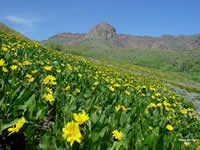
A profusion of Mule's ears (Wyethia amplexicaulis) blooming in Nevada's Humboldt-Toiyabe National Forest. Photo by Andy DeGeus.
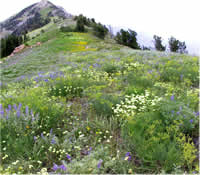
Lupine, buckwheat, lomatiums, and other wildflowers carpet the trail to Ben Lomond Peak on the Wasatch-Cache National Forest, Utah. Photo by Teresa Prendusi.
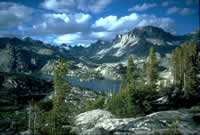
The stunning Island Lake landscape in Wyoming's Wind River mountains on the Bridger-Teton National Forest. Photo by Scott Clemons.
The Intermountain Region encompasses nearly 34 million acres of National Forest System lands (the largest in the nation). The Region covers 13 National Forests and one National Grassland within Utah, Nevada, western Wyoming, southern Idaho, and a small portion of California. Four major geographic provinces come together to form the Intermountain West: the Great Basin, Colorado Plateau, Middle Rocky Mountains, and Northern Rocky Mountains.
The richness of native species and high level of endemism of its flora can be explained by the extraordinary diversity of habitats, climatic conditions, unique geology, and isolation. Our wildflower viewing sites will take you from Red-rock deserts, to lush forested meadows, to the unsurpassed flower-gems of the Alpine tundra.
Viewing Areas
Idaho
Nevada
Utah
Wyoming
Wildflower Photographs
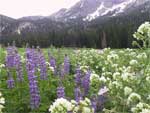
Jacob's Ladder and Lupine in Albion Basin, Utah. Wasatch-Cache National Forest. Photo by Teresa Prendusi.
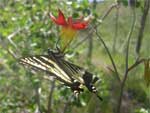
Western Columbine (Aquilegia formosa) and swallowtail butterfly (Papilio rutulus). Humboldt- Toiyabe National Forest. Photo by Marnie Bonesteel.
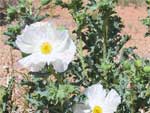
Prickly poppy (Argemone corymbosa). Manti-LaSal National Forest. Photo by Teresa Prendusi.
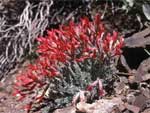
Scarlet milkvetch (Astragalus coccineus). Humboldt-Toiyabe NF. Photo by Janel Johnson.
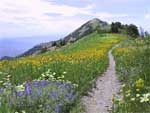
Wildflowers (Lupine, Little sunflower, and Buckwheat) along Ben Lomond Peak Trail. Wasatch-Cache NF. Photo by Teresa Prendusi.
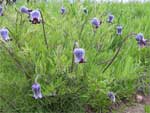
Leather flower (Clematis hirsutissima). Uinta National Forest. Photo by Teresa Prendusi.
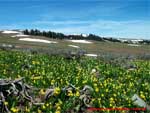
A mountain field of Glacier Lilies (Erythronium grandiflorum) on the Uinta National Forest. Photo by Doug Page.
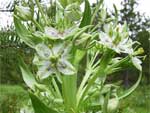
Green gentian (Frasera speciosa) on Bridger-Teton National Forest. Photo by Teresa Prendusi.
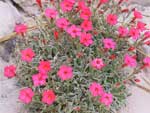
Wonderland Alice-flower (Aliciella caespitosa). Fishlake National Forest. Photo by Teresa Prendusi.
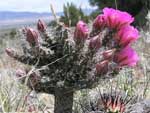
Sand cholla (Opuntia pulchella). Humboldt-Toiyabe NF. Photo by Janel Johnson.
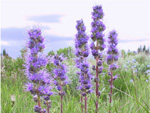
Silky phacelia (Phacelia sericea). Uinta National Forest. Photo by Teresa Prendusi.
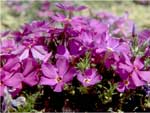
Opal phlox (Phlox opalensis). Ashley National Forest. Photo by Charmaine Delmatier.
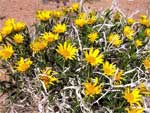
Rough mules-ears (Wyethia scabra) Manti-LaSal National Forest. Photo by Teresa Prendusi.
|















